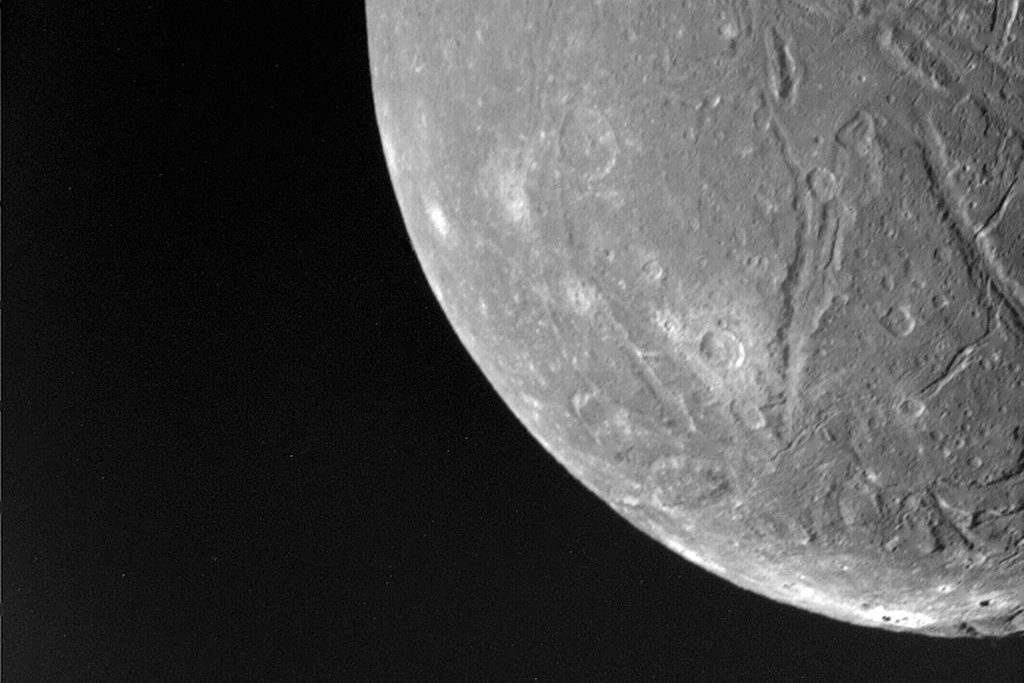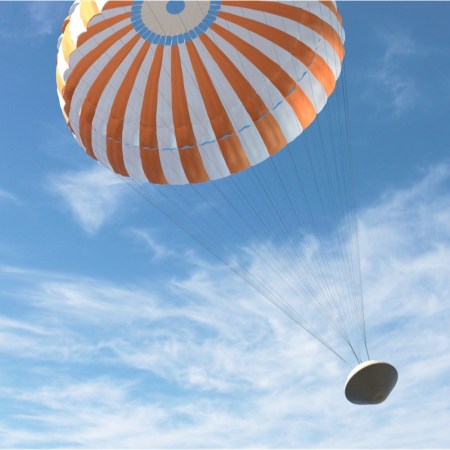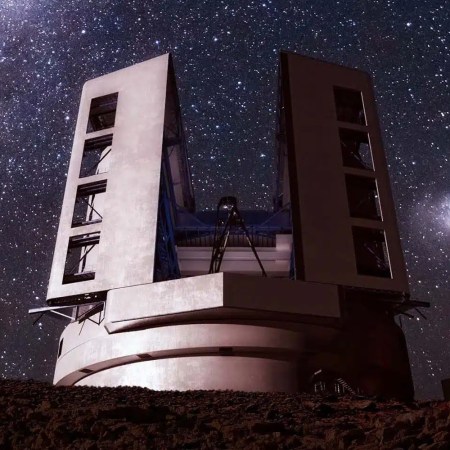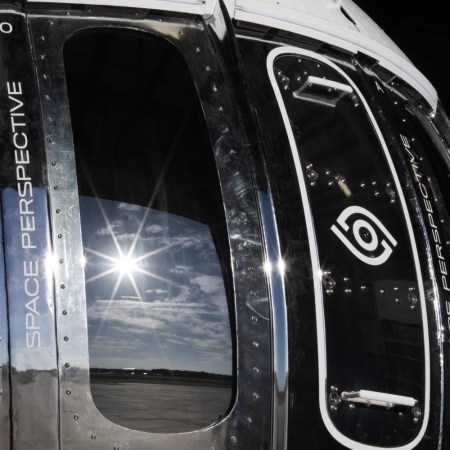Launched in 1977 during the Carter administration, NASA’s Voyager 2 probe has sent back its first messages from interstellar space after crossing the solar bubble one year ago.
The probe’s initial findings were revealed in a series of technical papers published on Monday in Nature Astronomy.
Reporting on an area of deep space where the sun no longer has influence called the heliopause, Voyager 2 found that the solar boundary to cross into this area — which is created by the intersection of magnetic fields mixing with charged atomic particles from the sun — is actually quite sharp as opposed to gradual.
“There was a time 50 years or so ago when people thought that the solar wind would get gradually whittled away or dissipated as it propagated into interstellar space,” said Voyager’s project scientist Edward Stone, according to The Wall Street Journal. “In fact, there is a very, very sharp boundary there.”
Voyager 2’s information about the solar boundary and the heliopause comes from a distance where signals traveling at the speed of light take 16.5 hours to reach Earth.
The probe, which is trailing its counterpart Voyager 1 by about six years despite being launched in the same year, is powered by electricity generated by the heat of radioactive plutonium.
Both Voyagers are expected to last until their batteries die out in about five years and, until they do, they’ll keep offering clues about other star systems.“We believe every star has these features,” Edward Stone of Caltech wrote in one of the papers. “What we learn about this heliosphere will help us learn more about the astrospheres of other stars.”
Subscribe here for our free daily newsletter.
Thanks for reading InsideHook. Sign up for our daily newsletter and be in the know.


















